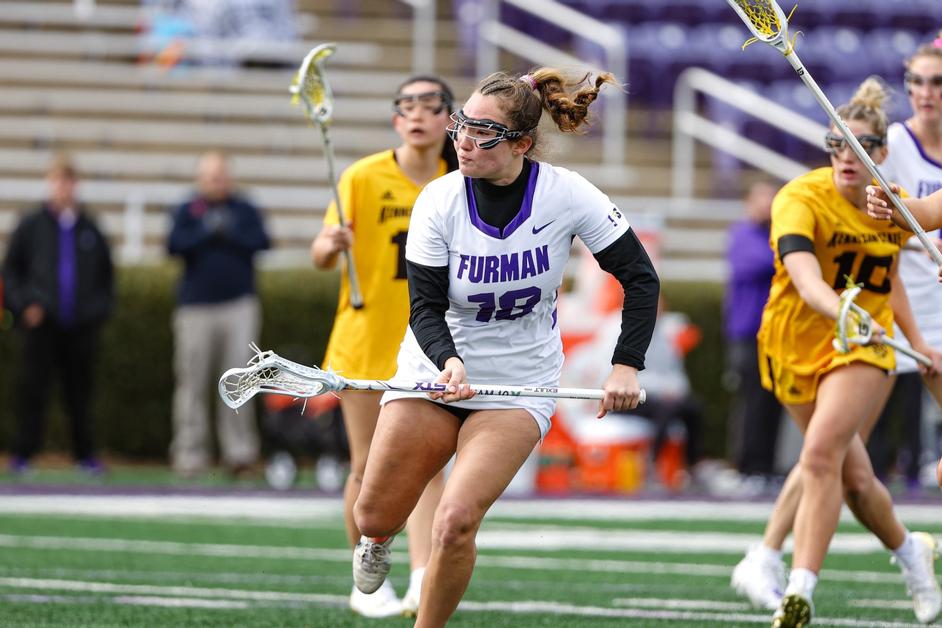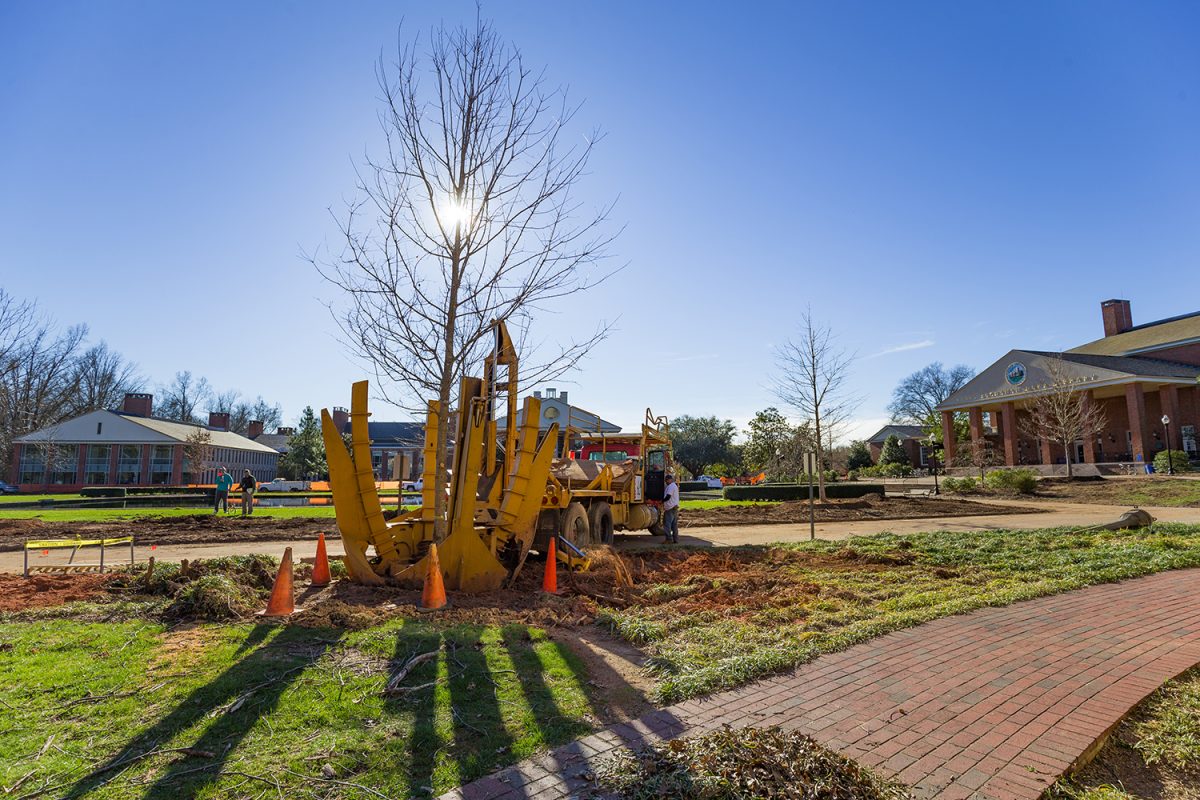On the morning of Saturday, October 5th, Furman experienced technical issues regarding its network services. Students, faculty, and staff initially experienced complete outages through Sunday afternoon. This was followed by limited outages or slowness as specific applications and systems—including some impacting internet access—were not recovered until 8 pm on Thursday evening after IT had “several hours of business traffic to confirm stability,” said Dexter Caldwell, Furman’s Director of Systems and Networks.
According to Caldwell, the crash was due to “technical issues in the heart of the network infrastructure that seemed to be the result of unusually large volumes of corrupted traffic being queued up for processing. This activity overwhelmed the capacity of the system.” In other words, the most recent outage was the result of faulty traffic stressing the systems beyond their functional limits.
This critical disruption caused a variety of issues on campus, affecting things as fundamental as the telephone system. According to Furman University Police Chief, John Milby, “…our police dispatch[DC1] communications were impacted [by the most recent outage].” Fortunately, though, he indicated that FUPO has “a communications back-up plan for situations like that.” Milby also indicated that “University ITS folks also respond right away to resolve issues (they know how critical the network it is to students, faculty, and staff). During this latest incident, I know that Dexter Caldwell and others were working around the clock to get the university back up.”
Caldwell confirmed that IT worked hard to fix the problem and indicated that “network functionality is comprised of many layers, both physical and virtual (software) and many of the services users depend on are interdependent. The anomalous behavior of the network was accompanied by a critical disruption in the software layers.” Thus, to fix an outage of this magnitude, it was necessary to isolate the offending sources and restore numerous affected systems to operate using various emergency procedures.
More than emergency support, however, Caldwell insisted that IT is also constantly innovating network security and speed because of “the key role of information technology and the network itself to the operations, efficiency, and feasibility of many Furman processes.” That said, IT does not work alone, and Caldwell expressed his gratitude “for the support of other departments that provide round-the-clock resources for the services we rely on ourselves to be able to maintain our operations and safety as well.”
For frustrated students, faculty, and other Furman community members—such as the library employee who jokingly said, “I felt like we were a couple of steps away from a dark age” — Caldwell emphasized that “this type of scenario is extremely rare, but no network is impervious to just the right kind of disruption in just the right places.” Moving forward, IT plans to continue to make “significant investments” in network services to build on the “great progress” they have made in recent years.



























